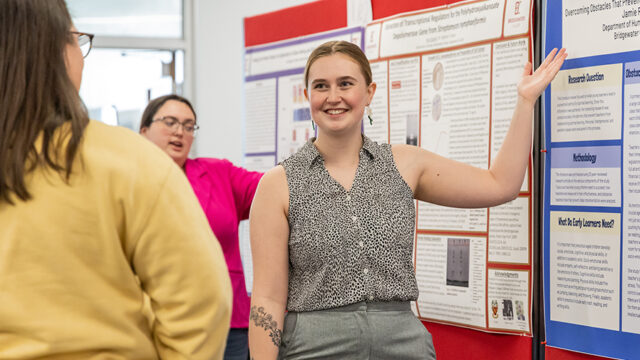A Celebration of the Arts, Scholarship, Performance, Innovation and Research Excellence
Want to share your research with your peers? See fantastic performances, presentations and art exhibitions? Join us for ASPIRE: A Celebration of the Arts, Scholarship, Performance, Innovation and Research Excellence.
Late in the spring semester, the College dedicates a week to showcasing the accomplishments of its students and faculty across all areas of study. You are invited to check out the latest faculty research, sign up to share your own work and more. It’s a tribute to the amazing work that goes on here at Bridgewater College. Every day. Every week. Every year. And this is our chance to celebrate it!
ASPIRE
April 7-10, 2026
Schedule TBD


